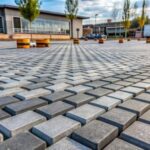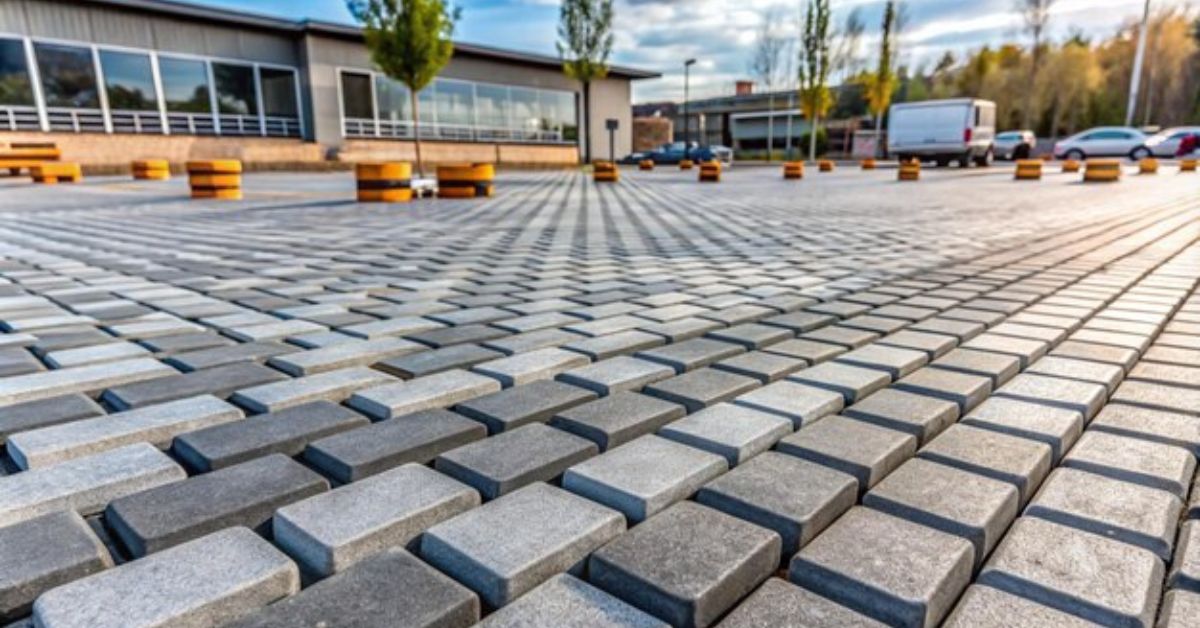Baldezinho is a term that may not be widely recognized outside specific cultural and historical circles, but it holds a unique and significant place within certain communities. This article aims to provide a comprehensive exploration of Baldezinho, delving into its origins, cultural impact, and relevance in contemporary society. By uncovering the layers of its history and significance, we can better appreciate the depth and richness of this cultural phenomenon.
Historical Roots and Origins of Baldezinho
The traditions and history of the region it represents deeply embed the historical origins of Baldezinho.This term often refers to a traditional practice, object, or community with roots that trace back several centuries. To fully understand Baldezinho, it is crucial to examine the historical context in which it emerged.
Historical records, oral traditions, and archaeological findings offer insights into the early development of it. These sources reveal how the term evolved over time, reflecting changes in social, economic, and cultural dynamics. The study of historical documents and artifacts helps paint a clearer picture of Baldezinho’s origins and its role in shaping the cultural landscape of its region.
Cultural Significance and Practices of Baldezinho
The cultural significance of it is profound, encompassing a range of practices, rituals, and traditions that are integral to the communities it touches. Baldezinho often links to specific cultural ceremonies or art forms celebrated through various practices. These cultural elements are not just traditions but also serve as a means of expressing identity and preserving heritage.
Understanding the cultural practices linked to Baldezinho involves exploring festivals, art forms, and rituals that highlight its importance. Traditional music, dance, and crafts often play a role in these cultural expressions, showcasing the vibrant and diverse nature of Baldezinho. These practices help maintain the cultural identity of the community and ensure that traditional knowledge is passed down through generations.
Social Structure and Community Impact
The social structure associated with Baldezinho typically revolves around close-knit community units that collaborate to preserve and promote their cultural heritage. The community plays a crucial role in sustaining the traditions linked to Baldezinho, with members actively participating in and supporting related activities.
Community gatherings, local leaders, and communal organizations often serve as the backbone of Baldezinho’s social structure. These elements facilitate the transmission of traditions and provide a platform for collective decision-making. The impact of Baldezinho on community life is evident in the strong social bonds and shared values that unite members and reinforce their cultural identity.
Economic Dimensions
The economic dimensions of Baldezinho are closely tied to traditional practices and local resources. In many cases, the activities associated with Baldezinho, such as crafts, festivals, or agricultural practices, contribute to the local economy. These economic activities not only provide livelihoods but also support the sustainability of cultural traditions.
In recent years, there has been a growing interest in integrating traditional practices with modern economic strategies. This includes promoting cultural tourism, developing local crafts for broader markets, and creating opportunities for economic growth while preserving cultural heritage. Baldezinho thus represents an intersection of tradition and modernity, where economic activities support and are supported by cultural practices.
Challenges to Preservation
Preserving Baldezinho in the face of modernization and globalization presents several challenges. Rapid technological advancements, changing lifestyles, and external cultural influences can threaten the continuity of traditional practices. The risk of cultural erosion is a significant concern for communities striving to maintain their heritage.
Efforts to address these challenges involve a range of strategies, including community-based initiatives, educational programs, and heritage conservation projects. Local organizations and cultural institutions play a vital role in documenting and promoting Baldezinho, ensuring that it remains a living part of the community’s identity. Engaging younger generations in cultural practices and fostering an appreciation for traditional heritage are essential components of these preservation efforts.
Contemporary Relevance of Baldezinho
In contemporary society, continues to hold relevance as a symbol of cultural pride and identity. The preservation and promotion of Baldezinho offer opportunities to celebrate and share cultural heritage with a broader audience. Modern communication tools, such as social media and digital platforms, provide new avenues for showcasing Baldezinho and engaging with people beyond the immediate community.
The relevance of Baldezinho extends beyond its traditional context, influencing various aspects of contemporary life. It serves as a reminder of the importance of cultural diversity and the value of preserving heritage in a rapidly changing world. By highlighting the significance of Baldezinho, communities can foster greater appreciation and understanding of their cultural legacy.
Conclusion
Baldezinho is more than a term; it represents a rich tapestry of history, culture, and community life. Its significance deeply roots in the traditions and practices that have shaped the identity of the communities it touches. By exploring the historical origins, cultural impact, social structure, economic dimensions, and contemporary relevance of Baldezinho, we gain a deeper appreciation for its role in preserving and celebrating cultural heritage. As we navigate the complexities of modern life, the preservation and promotion of it remain crucial in maintaining a connection to the past and fostering a sense of cultural continuity and pride.











